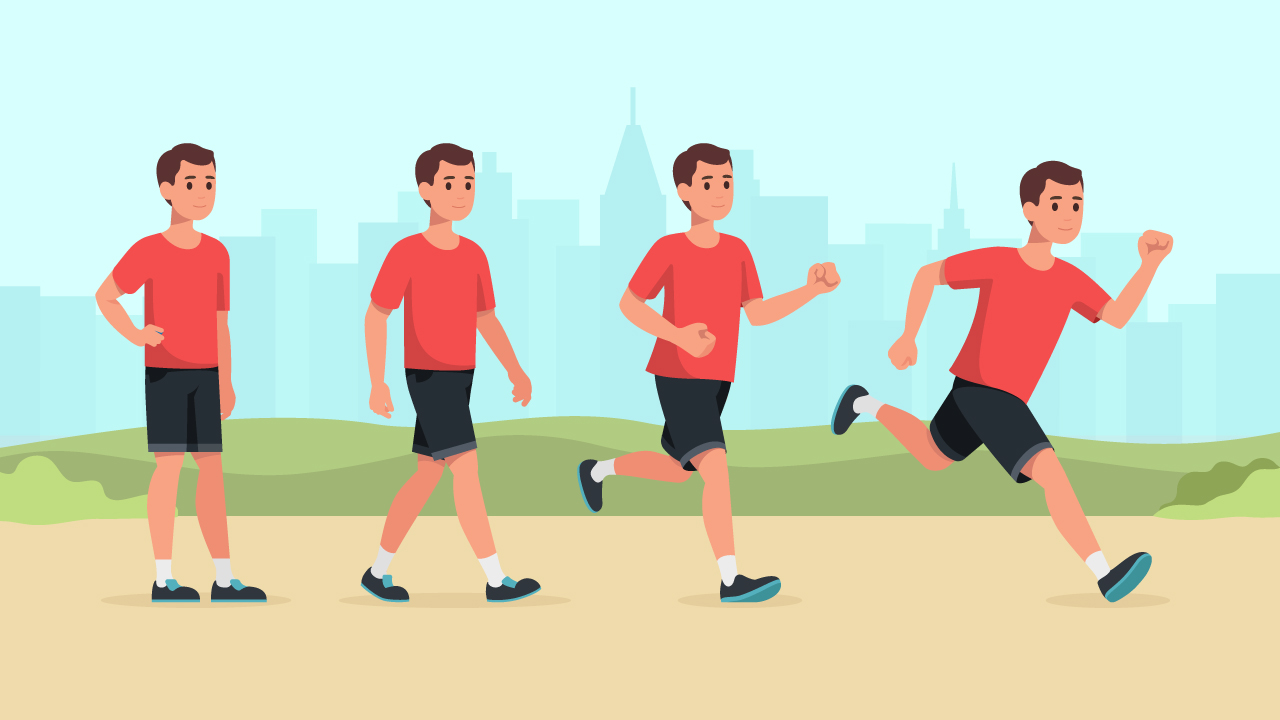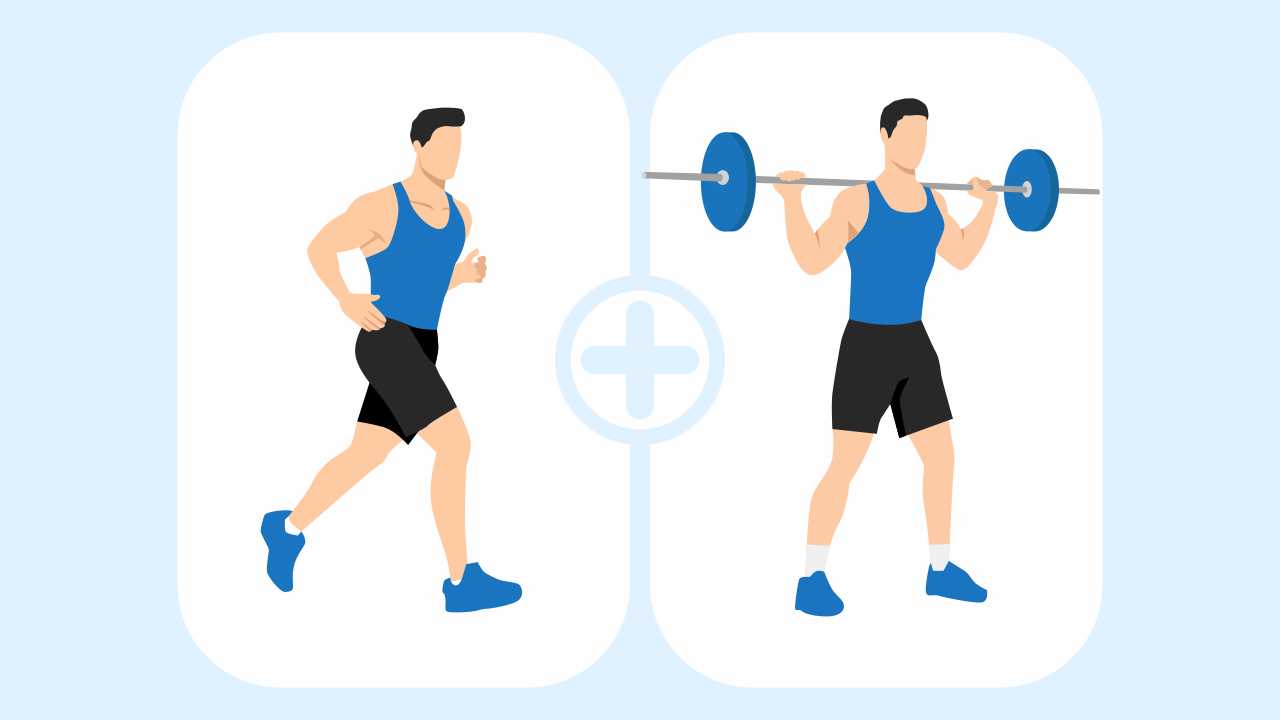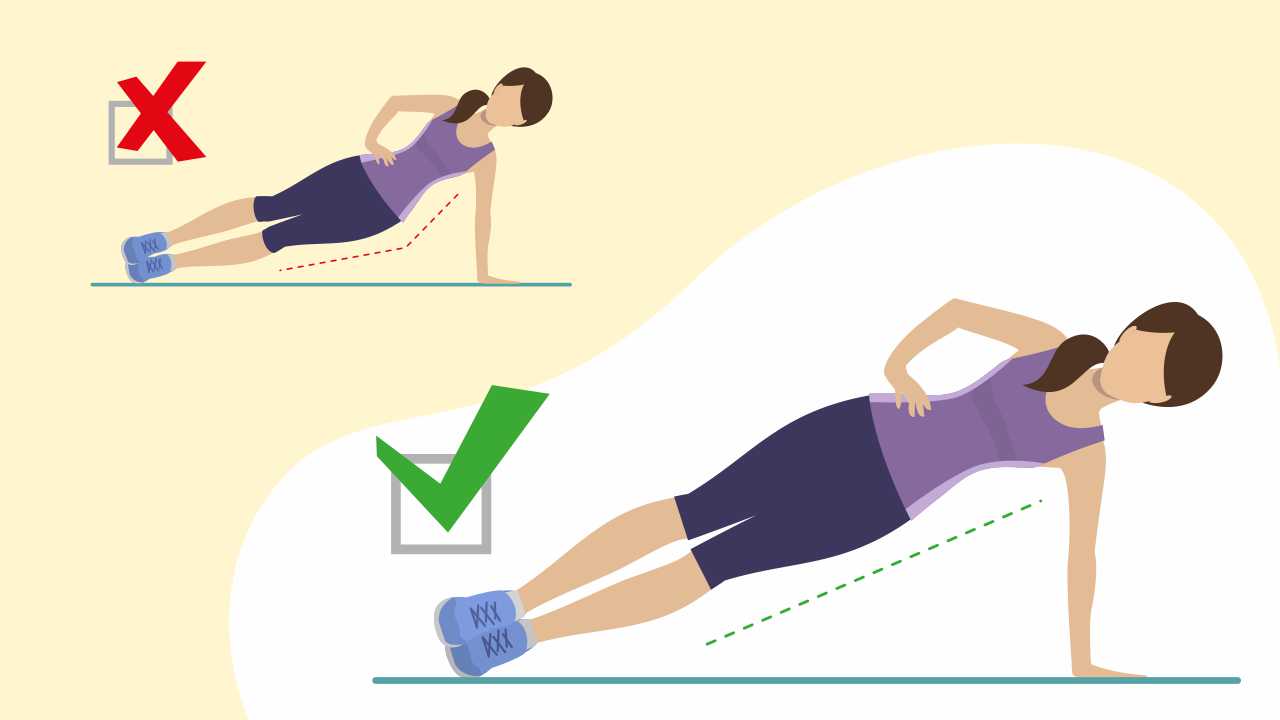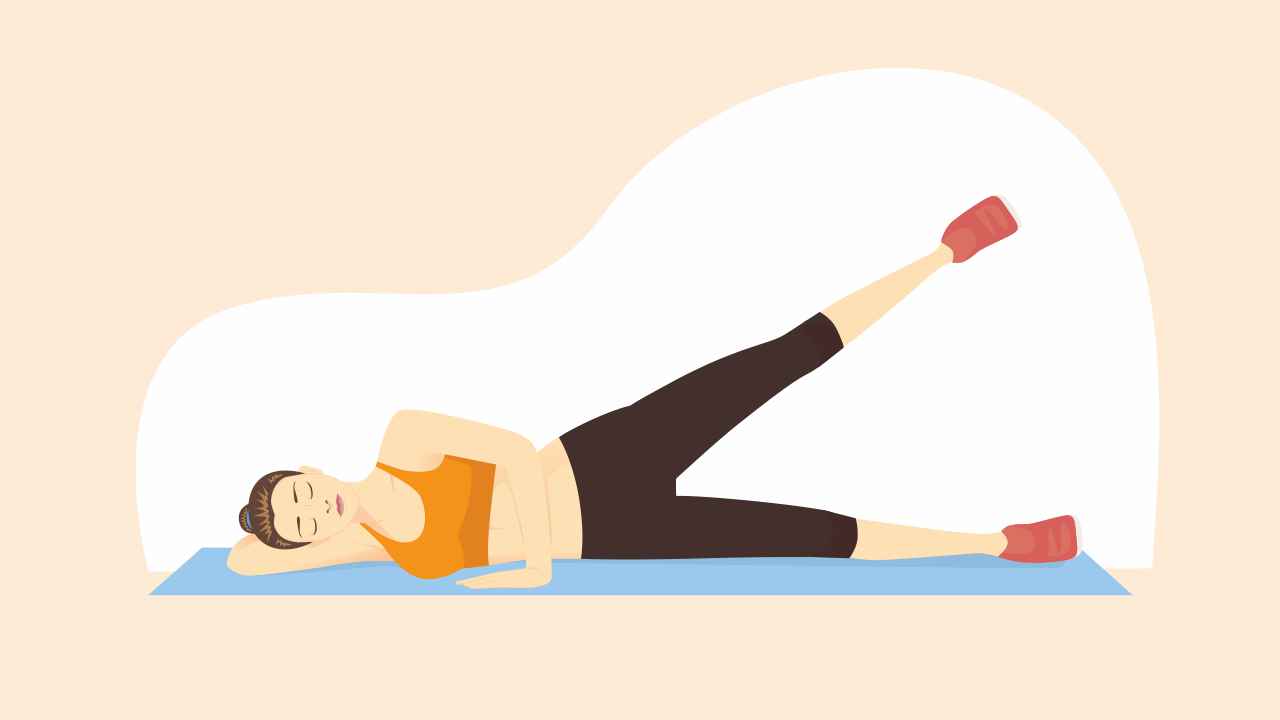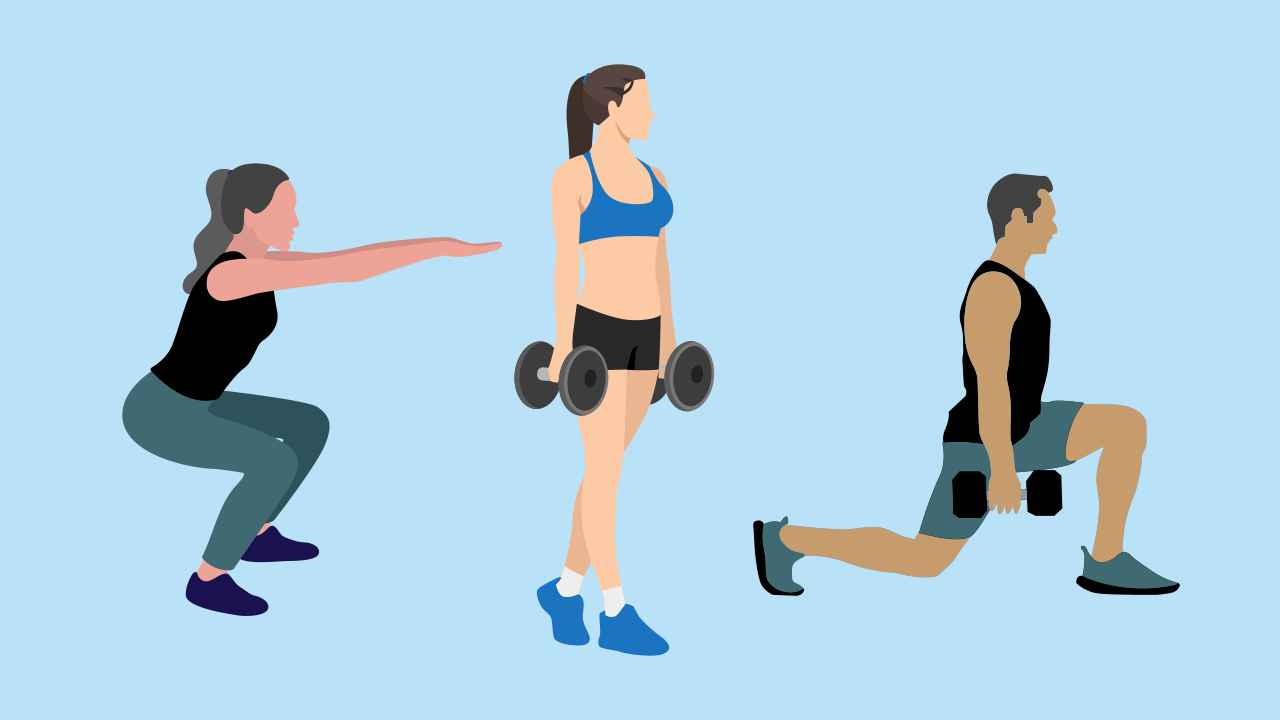
What Are Core Muscles and How to Strengthen Them
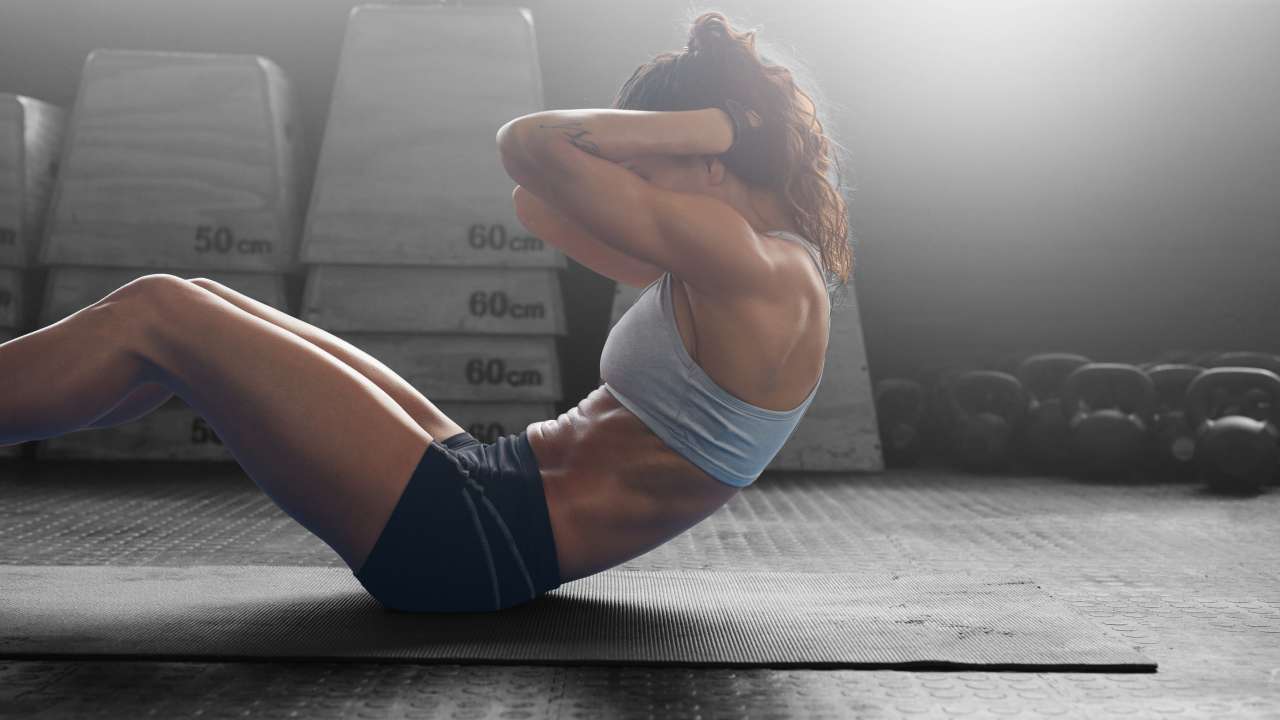
You use your core muscles for every movement you make. Be it mopping the floor, working at your desk, or performing a record-breaking athletic feat — all simple and complex movements involve the core.
What makes up the core?
Think of your core as the center of your body, and through this very center, the force to perform all movements passes to our extremities. Check out the muscles that make up the core.
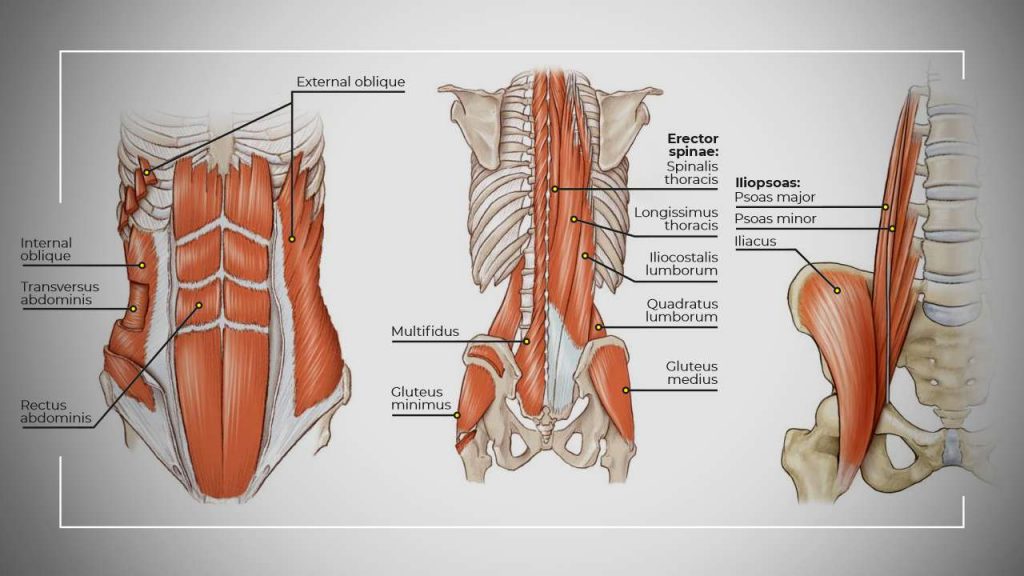
- Rectus abdominis, or widely referred to as abs, at the front
- Internal and external obliques
- The erector spinae
- Lumbar multifidus, and quadratus lumborum at the back
- The diaphragm at the upper edge
- The pelvic floor, and the iliac psoas at the bottom
As you see, there’s much more to it than just washboard abs! Training to build a strong and functional core requires more than performing crunches and leg raises.
Why should you build a strong and efficient core?
There are a plethora of reasons why everyone from world-class athletes to strength and conditioning professionals to physical therapists give so much importance to building a strong core. Find out why.
Postural control and balance
Our movement involves constant balance and unbalance. For instance, when you jump, your legs push off the ground. But what if your trunk falls towards the ground in its constant battle with gravity? This doesn’t happen because — in scientific terms — your body’s postural system (musculoskeletal, vestibular, somatosensory, and visual) maintain the center of mass within the limits of stability.
This complex skill of postural balance and control is what allows you to sit upright in your office chair, get in and out of it, and drive your car. Building a strong core allows us to perform simple and complex tasks with good coordination, and provides our body with stability.
Low back pain (LBP)
More than 60% of people around the world develop chronic low back pain. Evidence suggests that performing systematic all-round core strengthening helps in prevention and treatment of LBP.
Stability
Core strengthening improves stability and control of the lumbar spine and pelvis, thereby allowing for efficient execution of athletic skills, as well as regular activities such as bending to pick up an object and tying your shoelaces.
Healthy ageing
Ageing is associated with reduced muscle capacity, loss of functionality in performing Activities of Daily Living (ADL), poor gait, and increased risk of falls and fractures. Strengthening your core improves functional abilities in performing ADLs, reduces tremors, and the risk of falls by improving postural control and stability.
Dysmenorrhea or painful menstruation
It’s a common gynecologic disorder, and menstrual pain can reduce the quality of life. Performing planned core strengthening exercises improves blood flow to the musculature around the pelvis, and improves the metabolism of the uterus. This reduces the intensity of pain and duration of dysmenorrhea.
Exercises to strengthen your core
Train the flexion (forward bending or rounding of the spinal column), extension (backward bending of the spine), lateral flexion (bending sideways), and rotational strength (ability to rotate the torso) to build a strong core. Consider including these in your fitness routine.
1. Free weight exercises, such as the squat, bench press, clean and jerk, snatch, and deadlift are excellent to develop a rock-solid core. These work on all the muscles of the core Adding destabilizing bars, using resistance bands to suspend weights from the bars, further loads the erector spinae
2. Unilateral exercises such as skater squats, unilateral dumbbell shoulder press, chest press, and rear foot elevated split squats are great for building external obliques as they challenge the rotational strength of the core
3. Hollow rocks, sit-ups, hanging leg and knee raises target the rectus abdominis, internal, and external obliques
4. Instability in performing exercises such as stir-the-pot is great to work on external obliques
5. Front plank with and without hip extension on the floor, and on stability ball targets internal obliques, multifidus, and erector spinae
6. Exercises such as Pallof press train anti-rotation strength by targeting transverse abdominis, and isometrically contracting rectus abdominis
7. Glute bridges are great for developing strong erector spinae and the gluteal muscles
8. Prone trunk and hip extensions are great for strengthening the lumbar multifidus
9. Performing side planks and Copenhagen planks with and without suspension systems for transverse abdominis, and the adductors of the hip
10. Unloaded and loaded birddog are excellent to build transverse abdominis, primary trunk stabilizer, and anti-rotation strength
Invest 15 to 20 minutes daily in strengthening your core. This will make sure you keep it strong and have the ability to perform daily tasks efficiently, and keep health problems such as low back pain at bay.
References
1. Chuter VH, Janse de Jonge XAK, Thompson BM, et al. The efficacy of a supervised and a home-based core strengthening programme in adults with poor core stability: a three-arm randomised controlled trial. Br J Sports Med 2015; 49: 395–399.
2. Hibbs AE, Thompson KG, French D, et al. Optimizing Performance by Improving Core Stability and Core Strength. Sports Med 2008; 38: 995–1008.
3. Cunningham R. Build Your Core. Human Kinetics. https://us.humankinetics.com/blogs/excerpt/build-your-core (accessed Feb 25, 2021).
4. Martins HS, Lüdtke DD, César de Oliveira Araújo J, et al. Effects of core strengthening on balance in university judo athletes. J Bodyw Mov Ther 2019; 23: 758–65.
5. Martuscello JM, Nuzzo JL, Ashley CD, et al. Systematic review of core muscle activity during physical fitness exercises. J Strength Cond Res 2013; 27: 1684–98.
6. Nadler SF, Malanga GA, Bartoli LA, et al. Hip muscle imbalance and low back pain in athletes: influence of core strengthening. Med Sci Sports Exerc 2002; 34: 9–16.
7. Oliva-Lozano JM, Muyor JM. Core muscle activity during physical fitness exercises: a systematic review. Int J Environ Res Public Health 2020; 17: 4306.
8. Core conditioning — It’s not just about abs. Harvard Health. 2012. https://www.health.harvard.edu/healthbeat/core-conditioning-its-not-just-about-abs (accessed Feb 25, 2021).
9. Saleh HS, Mowafy HE, abd El Hameid AA. Stretching or core strengthening exercises for managing primary dysmenorrhea. Journal of Women’s Health Care 2016; 5: 1.
10. Smith BE, Littlewood C, May S. An update of stabilisation exercises for low back pain: a systematic review with meta-analysis. BMC Musculoskelet Disord 2014; 15: 416.
11. Willardson JM. Core stability training for healthy athletes: a different paradigm for fitness professionals. Strength and Conditioning Journal 2007; 29: 42–9.
12. Willson JD, Dougherty CP, Ireland ML, et al. Core stability and its relationship to lower extremity function and injury. J Am Acad Orthop Surg 2005; 13: 316–25.


